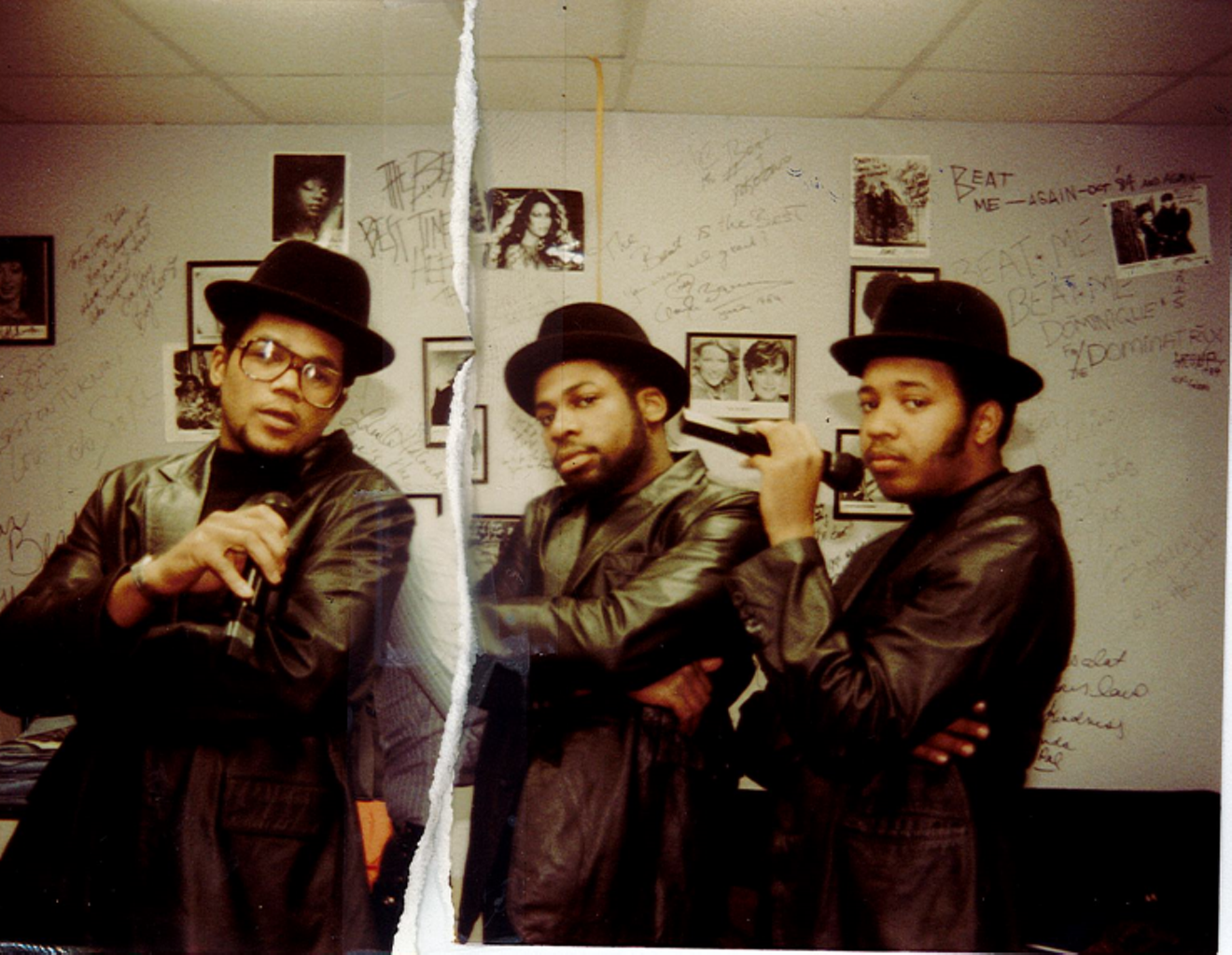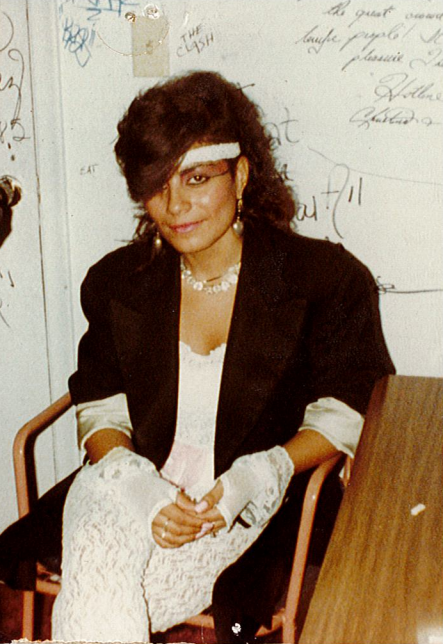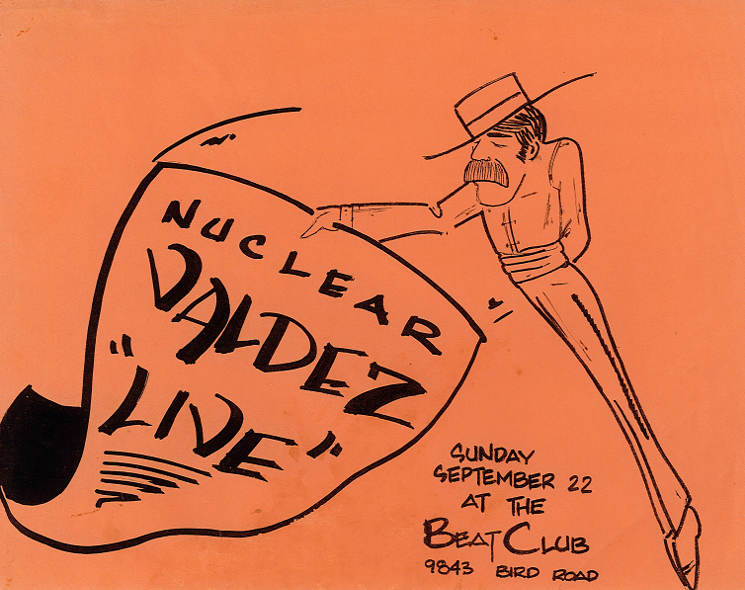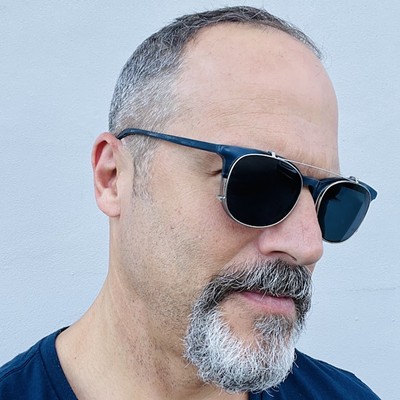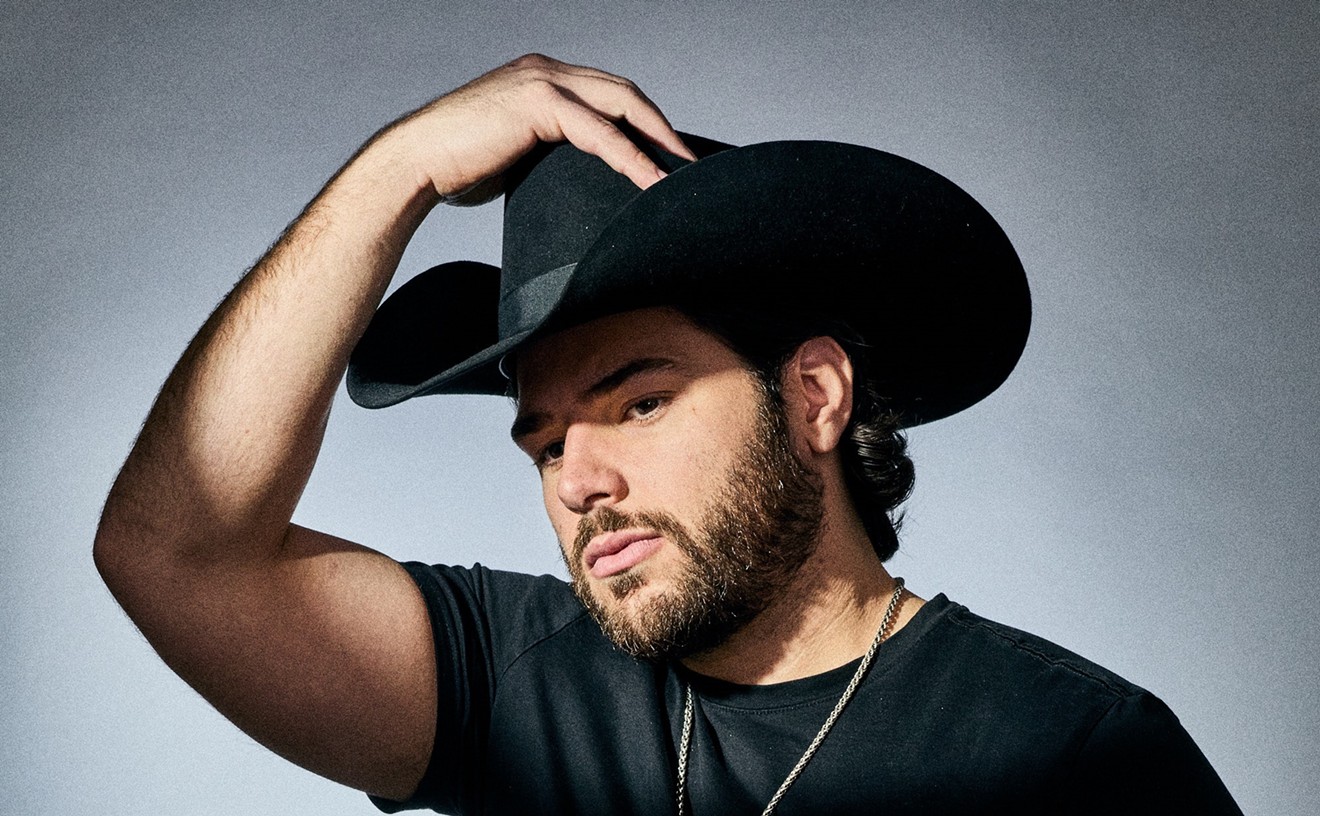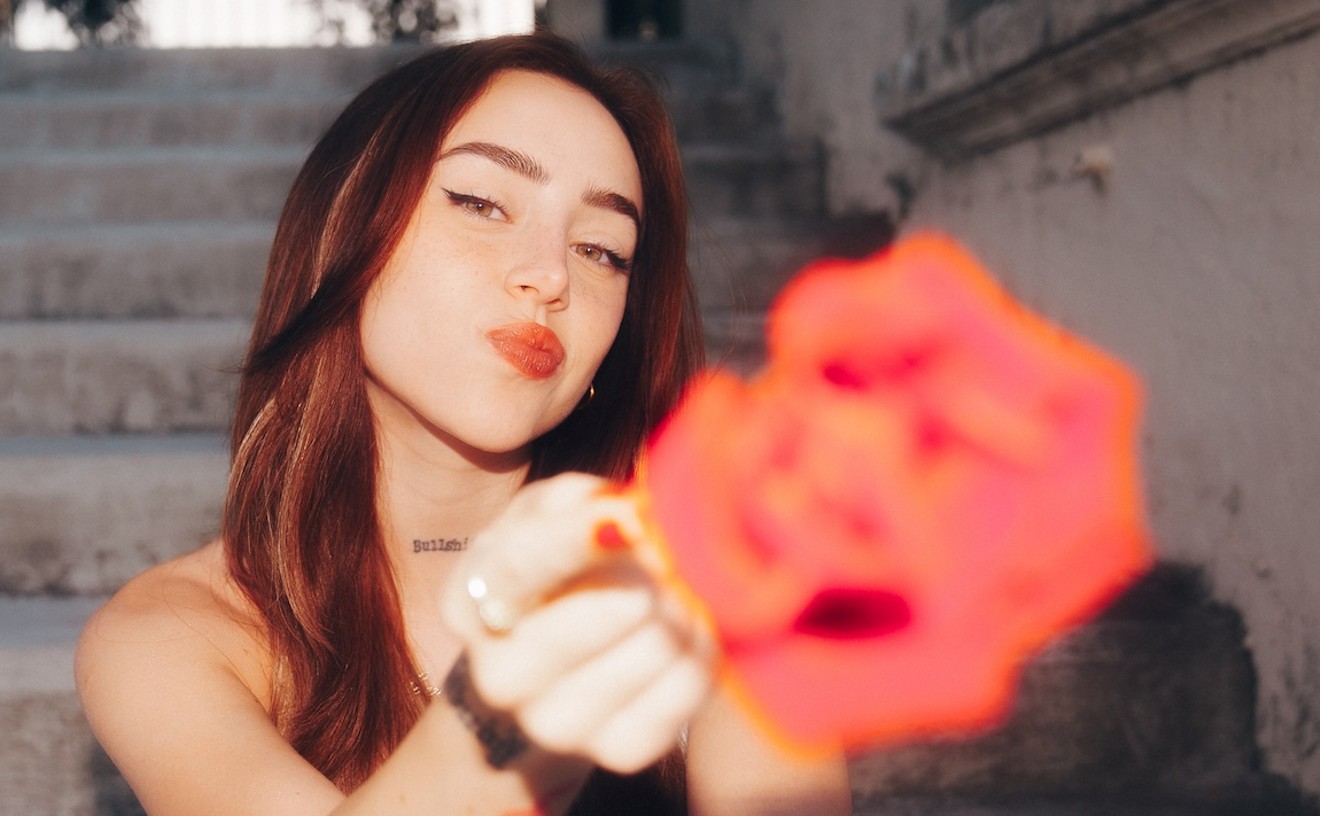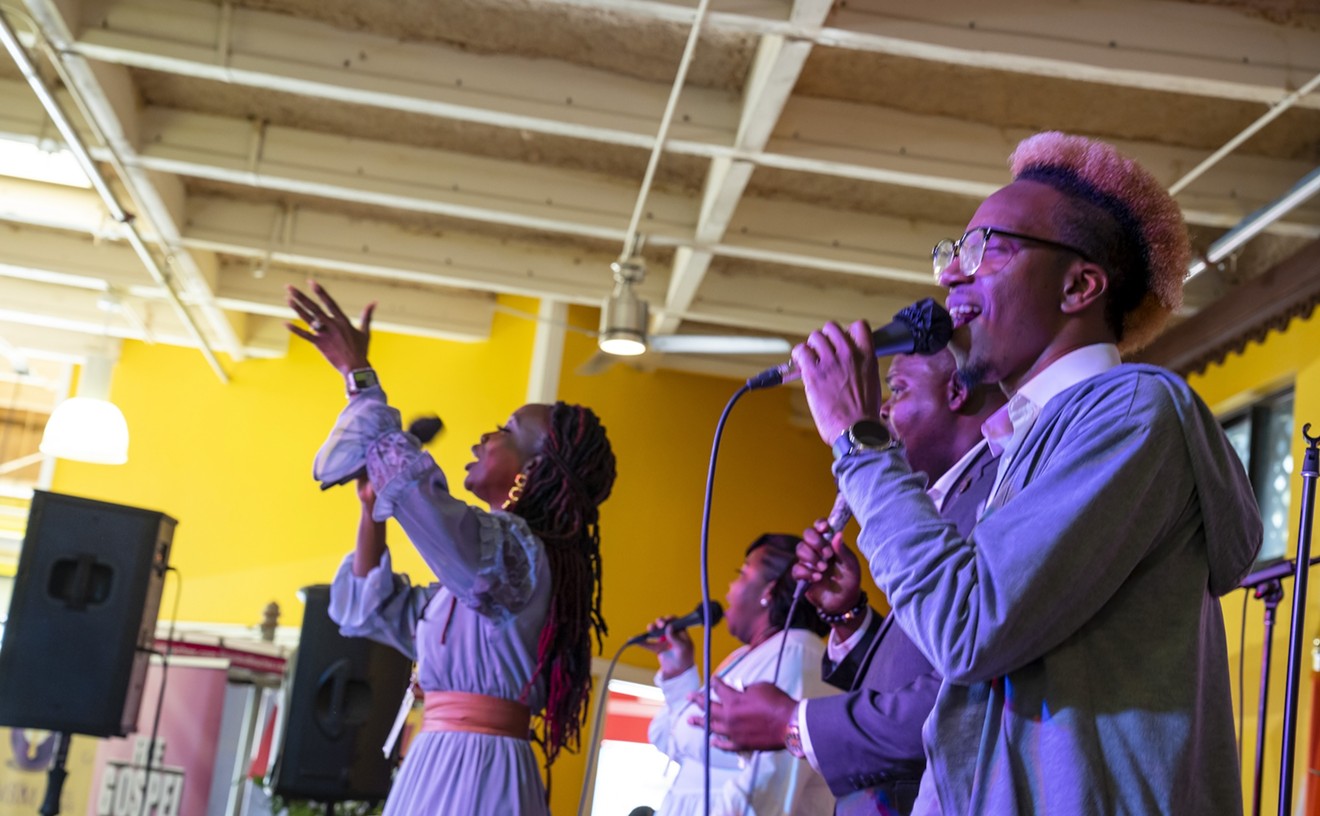In the Miami-Dade suburb of Westchester sits a shopping center on Bird Road whose name makes an idyllic reference to the local demographics: Las Americas Plaza. From 1983 to 1985, in a corner of the parking lot, there was a teen nightclub known simply as the Beat Club.
But it wasn't any ordinary teen club.
Of course, as teen clubs go, no alcohol was served. “Just Coke, hot dogs, M&M's, and shit like that,” recalls David Cordoves, who managed the club’s lighting and sound.
Also, chaperones were welcome, though not necessarily catered to. “I used to make out with boys in the corner because it was dark and the chaperonas couldn’t see us,” remembers Liz Martinez, a club regular who was often accompanied by her Cuban mother. “I preferred going with my friend's mom. She was cooler.”
The Beat Club was much more, though.
“That place, for a teen club, was completely ahead of its time,” says Carlos Menendez, the Beat Club’s resident DJ. “It was completely unimaginable the shit we did there, in Westchester, in a strip mall.”
Menendez and the club’s founder, Jorge Milian, had been working as mobile DJs together following their graduation from the now-defunct Loyola High School on Coral Way. After years of playing house parties and special events, they wanted to do something different.
“[The Beat Club] was our brainchild,” Menendez says.
The plan was to fashion their club after the famous Danceteria in New York. At first, though, they “didn’t have the whole package,” he says. For example, initially they painted the walls in bright pastels, an obvious sign of the times.
“Then we took our first trip to New York and we said, 'Fuck this.' We got back and painted the whole thing black and took out the drop ceiling,” Menendez recalls. What remained was “raw and simple”: a square space with a dance floor, lighting, a few chairs and tables, and an elevated stage next to the spot where Menendez dropped beats behind his Technics 1200 turntables.
And, of course, there was a kick-ass sound system.
“The sound system that place had was state of the art. It just thumped,” recalls Cordoves, who not only worked at the club weekend nights but also eventually began hanging out there after his high-school classes. “During the week, we had a record shop in the lobby area.”
The Beat Club was designed to appeal to a wide swath of Miami's music lovers.
Fridays, the club kicked off each weekend with a hip-hop night heavily influenced by the burgeoning rap movement in the Bronx. “It was completely graffiti, hardcore shit that nobody was doing down here,” Menendez says. Whiz Kid, at the time one of the more reputable scratch DJs in New York before his death in 1996, would visit once a month. The club held dance battles and MC battles. “Run-D.M.C. played the Beat Club the week that King of Rock came out. It was fucking amazing. There were like 300 kids there for sound check.”
Saturday nights, the Beat Club was the place for Miami teens, this author included, to catch live performances by the hottest dance chart-toppers, including Shannon, Gloria Gaynor, the Flirts, Lisa Lisa & Cult Jam, and Book of Love.
“We partnered up with Casanova's in Hialeah and the Copa in Fort Lauderdale,” Menendez says of the club’s entrepreneurial strategy to pool resources with other clubs in order to pay top performers to play gigs in Westchester.
Then there were Sundays. Officially a “school night” for many teens, including this author, Sunday was reserved for alternative, New Wave music. Local bands were invited to perform.
Liz Martinez always preferred Sundays. “I used to love the boys with eyeliner,” she says, recalling when bands such as Perfect Stranger, Silent Prayer, and Spanglish played, sometimes the same night.
Oba Frank Lords was the percussionist in Silent Prayer. “I had a manager named Hector Jordan, and he was the first one to mention the Beat Club to us,” says Lords, who is still a musician and now a renowned producer of Afro-Cuban music. He credits the Beat Club with launching his career.
“I would compare the Beat Club to the First Avenue club in the Prince movie Purple Rain. That club used to have all of these bands play there; the Beat Club was the same thing. Every week, there were two, three, or four different acts that were local, but the following was immense. I mean, we had groupies like if we were rock stars,” he recalls.
Lords says the Beat Club was not only a nightclub but also a hangout. Even if his band wasn’t playing a gig, he’d go to watch his fellow musicians perform.
“Nuclear Valdes started there. Nil Lara too. John Tovar, Marilyn Manson’s former manager, would hang out there.” They talked music, swapped stories, and collaborated.
“People would go there because the concerts were out of control. It was a major scene,” Lords says. “If you were not playing in the Beat Club, you were not hip, plain and simple.”
It was there that Lords met Rudy Gil, the guitarist for Perfect Stranger, whose members would go on to form Erotic Exotic.
Lords and Gil combined their unique visions, New Wave, and Latin-influenced percussion to form Secret Society, one of Miami’s first '80s freestyle groups, whose music he describes as “if Tears for Fears and the Miami Sound Machine had a bus accident.”
“I remember Rudy writing some of their big hits right in the office,” Menendez recalls.
Those hits, which fused a Euro-inspired synth-pop sound with Latin percussive beats, along with the Beat Club’s open door to the emerging disco and electro sound from New York, begs the question: Was the Beat Club the birthplace of Miami freestyle?
“Yeah, it was," Menendez says. “Listen, we had on Saturday nights a mix of music. Exposé, their debut show, was at the Beat Club. We had a bunch of freestyle artists. It was real.”
“Absolutely, absolutely, absolutely,” adds Cordoves, the club's lighting and sound guy, who eventually joined Secret Society as the band’s keyboardist.
“'Why Did You Run Away' and 'Find Yourself' are the epitome of Miami freestyle,” Lords says of Secret Society's songs. “That’s like Miami Freestyle 101, and that was created there.”
The spotlight on the Beat Club caught the nation's attention, partly because Menendez became a reporting DJ for Billboard. The gig carries a great deal of prestige: DJs are invited to submit to Billboard a weekly list of the top 25 dance hits. “I would get promo copies. One day, I’d get the new 12-inch from Madonna or Depeche Mode or Pet Shop Boys. So those records would play [at the Beat Club] first.”
Menendez says the teen audience was exactly the one that promoters wanted to reach. “The UPS guy became friends with my mom because every day he would show up with a delivery of records.”
The national attention trickled down to the local bands.
Secret Society signed with Polygram Records. Erotic Exotic, which produced the massive radio hit “Take Me as I Am,” inked a deal with Atlantic. Nuclear Valdes went with Epic.
“There were only two teen clubs in Miami then — the Beat Club and the Forest in Hialeah — but forget it, man, the Beat Club had lines wrapped around the corner,” Cordoves says.
Then it all came to a stop.
In June 1985, the shopping center’s landlord filed a lawsuit to evict the Beat Club. A month later, a judge approved the club’s removal.
“It was crazy. It just disappeared,” Lords says. “We were all really depressed when it closed because that was one of the main stages to play at.”
“I remember breaking down and taking down all the lights from the structure and dismantling the place,” Cordoves says. “It was very short-lived.”
Menendez, who was close to the owners, says, “We had done our thing. We did what we set out to do. Jorge [Milian] had other ambitions. I became the resident DJ at Fire & Ice. We decided we needed to move on, so we closed it.” (Milian did not respond to multiple requests for comment.)
Today, some 35 years later, the Beat Club remains a relic of Miami music history and an enduring memory in the minds of so many locals.
“The Beat Club is where I fell in love with live music,” Martinez, the Sunday regular, says.
“It was a turning point,” Cordoves says. “At that age, you’re able to go to a teen club and listen to great music. I mean, thank God for that.”
“It was like CBGB, man. It was like a cultural scene,” Lords says. “It wasn’t a club. It was a music factory.”
“I look at it now. We did exactly what we set out to do,” Menendez reiterates.
Which was?
“To do, musically, something pure and diverse and underground and daring, and give kids something they never had.”
[
{
"name": "Air - MediumRectangle - Inline Content - Mobile Display Size",
"component": "19274298",
"insertPoint": "2",
"requiredCountToDisplay": "2"
},{
"name": "Editor Picks",
"component": "17482312",
"insertPoint": "4",
"requiredCountToDisplay": "1"
},{
"name": "Inline Links",
"component": "18711090",
"insertPoint": "8th",
"startingPoint": 8,
"requiredCountToDisplay": "7",
"maxInsertions": 25
},{
"name": "Air - MediumRectangle - Combo - Inline Content",
"component": "17482310",
"insertPoint": "8th",
"startingPoint": 8,
"requiredCountToDisplay": "7",
"maxInsertions": 25
},{
"name": "Inline Links",
"component": "18711090",
"insertPoint": "8th",
"startingPoint": 12,
"requiredCountToDisplay": "11",
"maxInsertions": 25
},{
"name": "Air - Leaderboard Tower - Combo - Inline Content",
"component": "17482313",
"insertPoint": "8th",
"startingPoint": 12,
"requiredCountToDisplay": "11",
"maxInsertions": 25
}
]

